The plinth, or fillet, is a strip of polymer material. It can be narrow or wide, with or without a pattern. Common to allskirting boards for suspended ceilings only one thing - one should be fixed under the ceiling, closing the technological gap.
Features of installing a skirting board to a stretch ceiling
There are special skirting boards that have protrusions for mounting directly in the mounting profiles, to which the tension web is attached. However, the choice of such models is quite limited, so most of the manufactured skirting boards are mounted on glue.
Why it is impossible to glue a ceiling plinth to a stretch ceiling directly? There are at least five reasons for this:
- The stretch fabric is made of polyvinyl chloride film, quite thin, which can sag under the weight of the plinth;
- The solvents included in the adhesives can damage the film or even make holes in it;
- It is impossible to glue the plinths on the stretch ceiling, since the film is not fixed rigidly and can easily change its position - a reliable adhesive bond does not form under such conditions;
- Drying, the glue will create a tension that is unlikely to be uniform - the ceiling canvas “leads”, it forms folds, wrinkles;
- If necessary, remove the skirting the ceiling canvas will inevitably be damaged.
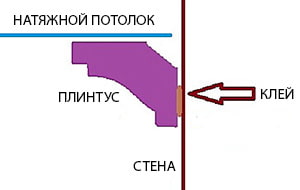 In order to glue the ceiling plinth to the stretch ceiling, that is, to the wall under it, and not be afraid that it will quickly detach, it is better to purchase skirtings with the maximum possible width of the surface adjacent to the wall - this will provide reliable adhesion and the skirting board will hold well. The length of the baseboard as a whole depends on the shape and size of the room. The most common skirting boards are 1.3 m long, although two-meter models can be used in large rooms.
In order to glue the ceiling plinth to the stretch ceiling, that is, to the wall under it, and not be afraid that it will quickly detach, it is better to purchase skirtings with the maximum possible width of the surface adjacent to the wall - this will provide reliable adhesion and the skirting board will hold well. The length of the baseboard as a whole depends on the shape and size of the room. The most common skirting boards are 1.3 m long, although two-meter models can be used in large rooms.
Important: When buying a skirting board, take all the necessary quantity at once, and make sure that the lot number is the same, otherwise the individual parts may differ in shade.
Skirting board calculation
Check if you have enough skirting boards. The calculation is simple: to the total length of the perimeter of the room you need to add a margin for corners (about 10 - 20 cm for each corner). The resulting result is divided by the length of the plinth (standard length - 200 mm) and find out the required amount.
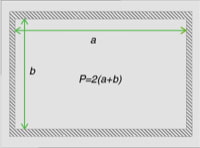
Installing a skirting board for a stretch ceiling
Usually, any additional elements that serve as decor are first fixed in place, and then painted, if necessary. However, there are some subtleties: if the baseboard is located close to the canvas, it can be stained when painting, so it is recommended to paint first, and only then begin installation.
Before attaching the baseboard to the stretch ceiling, you need to purchase tools for this work:
- Stationery or construction knife;
- Measuring tool (ruler, tape measure);
- Spatula (preferably rubber or plastic);
- Pencil;
- Brush;
- Miter box (for smooth joints in the corners of the room).
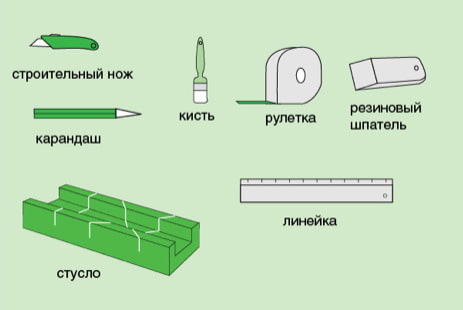
In addition, the following materials will be required:
- Baseboard;
- Adhesive for plinth (selected according to the material of which it is made);
- Sealant (preferably acrylic);
- Lining made of polyethylene (cling film).
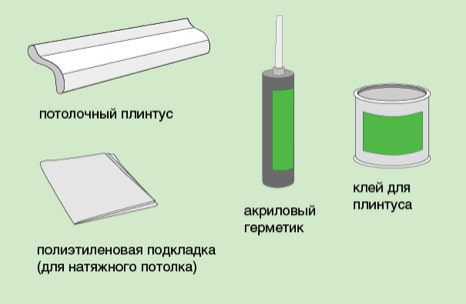
To attach the baseboard to the stretch ceiling, you will also need a stepladder and a napkin to remove excess glue. Begin work with preparatory operations. First of all, protect the stretch ceiling from accidental scratches and stains. To do this, attach a thin cling film to it around the perimeter of the room.
Tip: To qualitatively and beautifully connect the skirting boards in the corners of the room, you can buy special curly “corners”. In the event that there are no suitable "corners" on sale, they are made with the help of a special tool - a miter box - and an ordinary sharp knife.
Miter box - a fairly rare tool, it is not necessary to purchase it “at once”. A home-made miter box can be made of three boards, building from them something like a tray, the inside of which should be equal in width to the width of the plinth. Then arm yourself with a protractor and cut a hole in the sides of the tray at an angle of 45 degrees.
To glue the baseboard to the stretch ceiling, you need high-quality glue. It is better if it is transparent (in a pinch - white). One of the main requirements for glue - it should not darken over time. Most often, Moment glue is used for such work: Installation and Super Resistant, as well as Titanium.
How to glue a ceiling plinth to a stretch ceiling: work procedure
Preparatory work
- Lay the skirting board along the floor along the walls. For long walls, put two skirting boards, for short ones - one at a time. Place the cut-off parts of the baseboard in the remaining places. Try to ensure that those parts that you cut yourself go to the corners of the room, and in the center are joined those that were cut off at the factory - they will give a perfectly even joint.
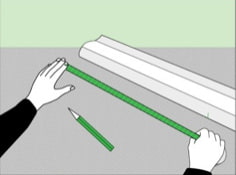
- Cut off the corner parts with the help of a miter box so that they fit together evenly.
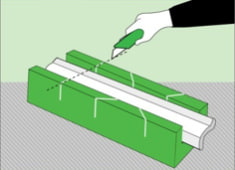
- Replace the skirting boards on the floor and see how accurately they fit in place. Correct if necessary.
After completing the preparatory work, you can begin mounting directly to the wall.
Important: You need to start work from a corner located opposite the entrance to the room.
Mounting
- Before sticking the plinth on the stretch ceiling, attach it to the walls without glue, check the joints.
- Mark the wall with a pencil, indicating the joints and the lower edge of the ceiling baseboard.
- Use a polyethylene lining (cling film) between the ceiling and the baseboard.
- Lubricate the wide side of the ceiling plinth with glue and wait a couple of seconds - this is necessary so that the glue begins to set.
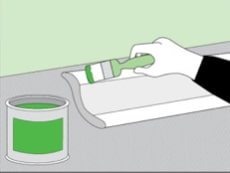
- Place the baseboard against the wall, guided by the pencil markings, and press for a minute. Then use a cloth to remove any excess adhesive that has protruded.
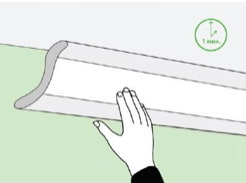
- The next baseboard is glued in the same way, it is applied to the already glued one. In addition to the wide part, it is necessary to coat the ends of the skirting boards with glue.
- Continue sticking skirting boards around the entire perimeter until the work is completed. After the glue “grabs” a little, you can remove the film from the ceiling, if you do not plan to paint the skirting boards.
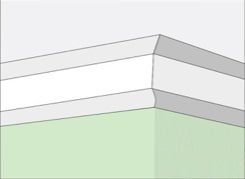
Important: You can start painting the ceiling skirting boards only after the glue has completely dried. See the adhesive packaging for drying time information.
After the glue has completely dried, it is necessary to fill the gaps between the wall and the base with the help of a sealant and a spatula.
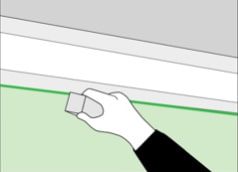

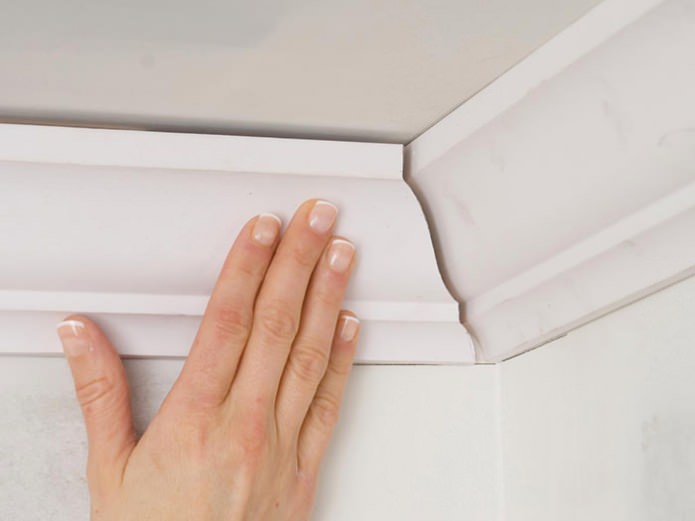
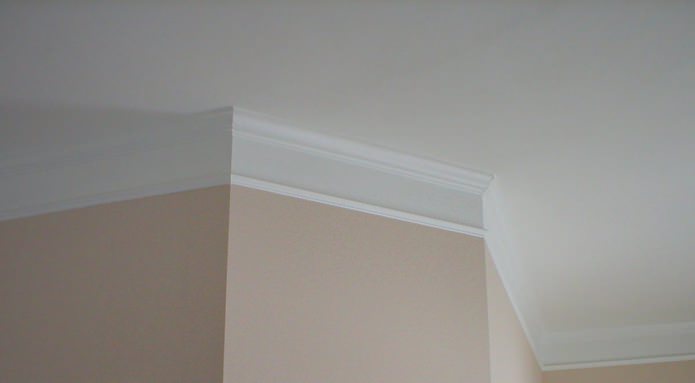

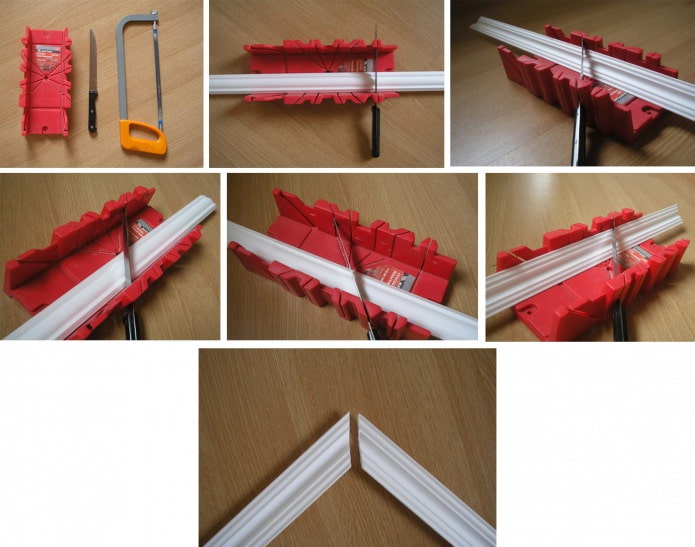

 Installation of ceiling tiles: selection of materials, preparation, procedure
Installation of ceiling tiles: selection of materials, preparation, procedure Ceiling plinth for stretch ceiling: types, recommendations for selection
Ceiling plinth for stretch ceiling: types, recommendations for selection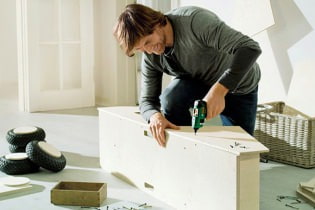 How to choose a screwdriver for home?
How to choose a screwdriver for home?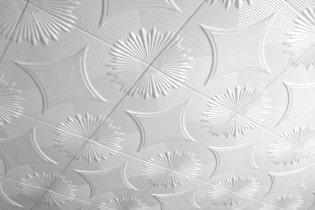 Foam tile for the ceiling: the pros and cons, the stages of gluing
Foam tile for the ceiling: the pros and cons, the stages of gluing Repair in practice: how to repaint furniture yourself
Repair in practice: how to repaint furniture yourself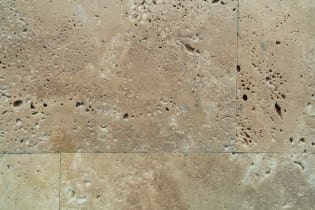 Stone travertine in decoration and construction
Stone travertine in decoration and construction